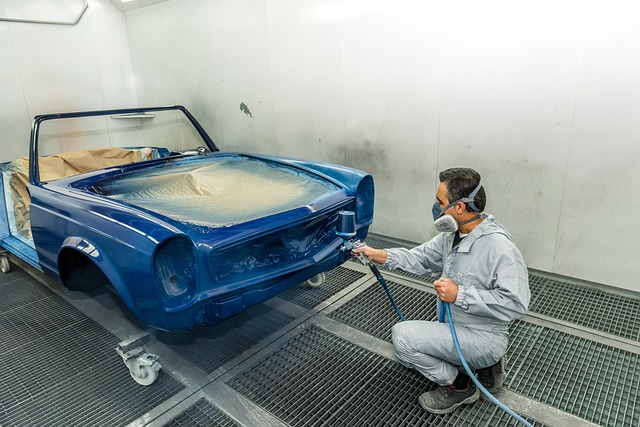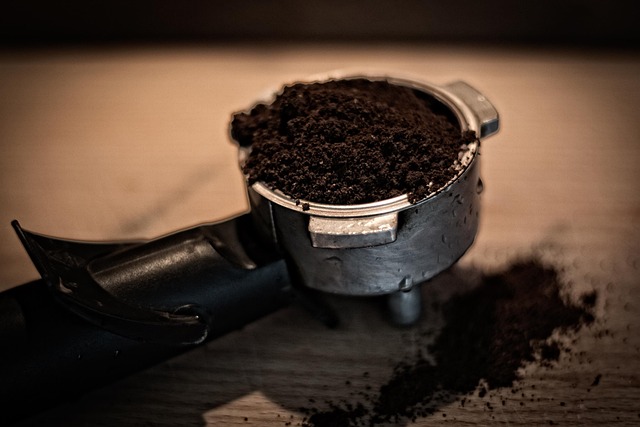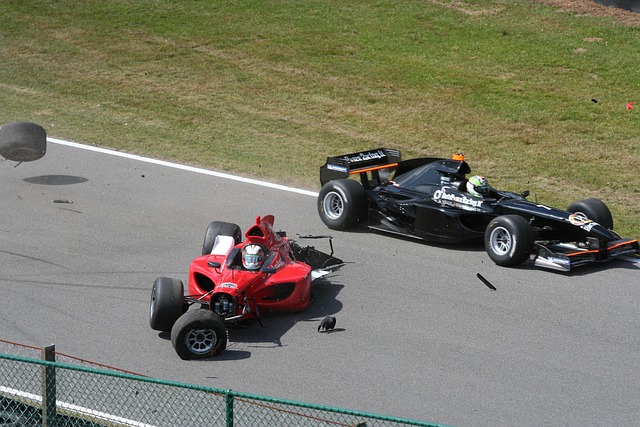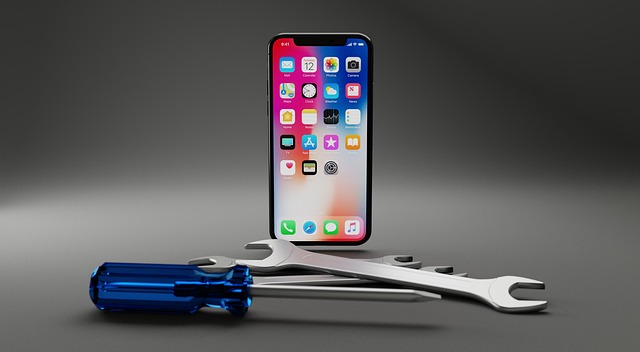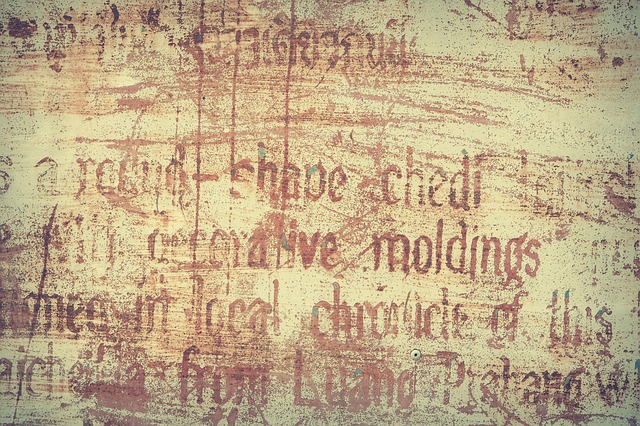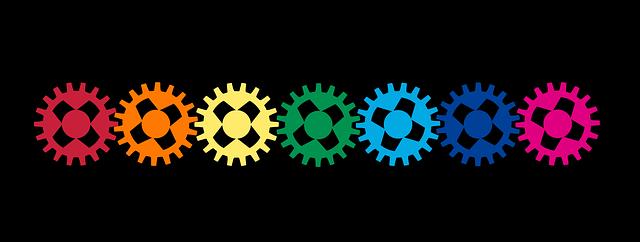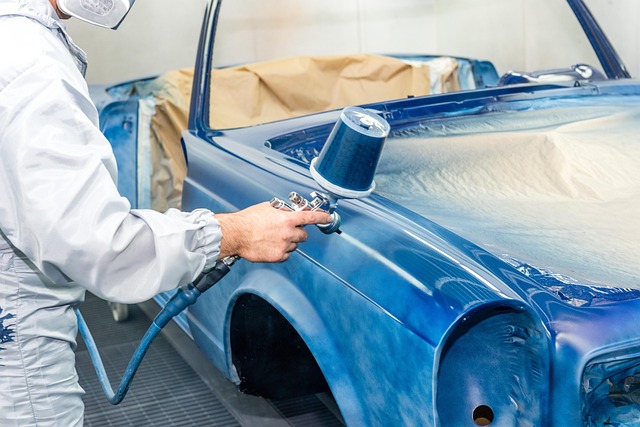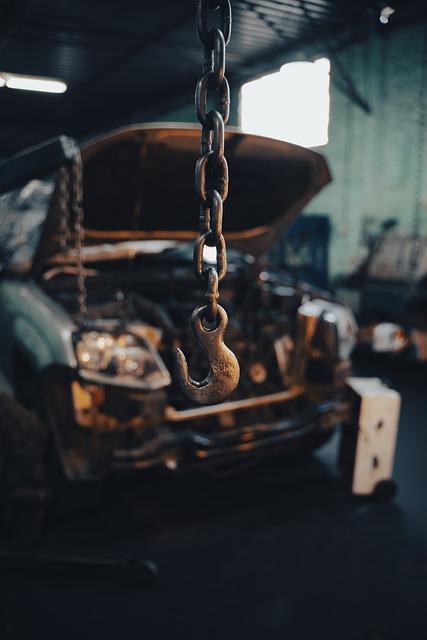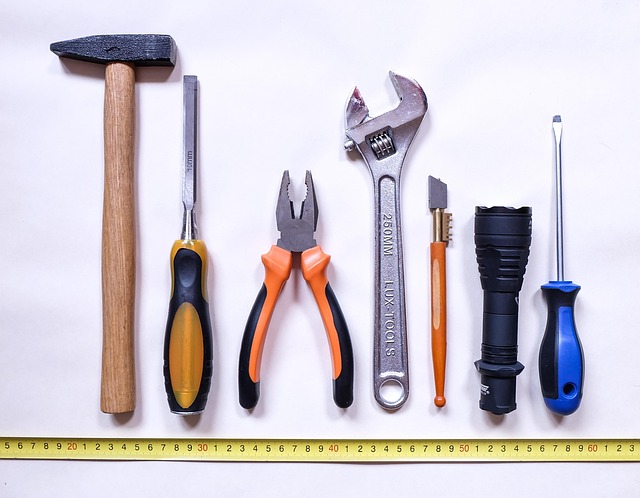Unibody and frame vehicles, with their complex structures, require meticulous care during structural damage repair. This comprehensive guide delves into the intricacies of addressing these challenges. From understanding the unique characteristics of unibody construction to mastering the repair process, we explore best practices and common pitfalls. Learn how to navigate the complexities, ensuring both structural integrity and optimal vehicle performance after repairs. Discover expert tips for successful structural damage repair.
- Understanding Structural Damage in Unibody and Frame Vehicles
- The Process of Structural Damage Repair
- Best Practices and Common Mistakes to Avoid During Repair
Understanding Structural Damage in Unibody and Frame Vehicles

Structural damage in unibody and frame vehicles can manifest in various forms, from dents and dings to more severe deformities affecting the vehicle’s structural integrity. Unibody cars, with their monocoque design, require meticulous care during repair to preserve the original precision engineering. Frame vehicles, on the other hand, have a separate chassis that can be misaligned or damaged, impacting the overall stability and safety of the vehicle.
Proper assessment is crucial for effective structural damage repair. Skilled technicians at reputable vehicle body shops use advanced diagnostic tools to pinpoint the extent of the damage. This involves examining the exterior and interior components, as well as running computer-aided diagnostics to ensure every part of the structure is accounted for. Once assessed, tailored solutions are implemented, which may include metal welding, straightening, auto body painting, and car paint services to restore both functionality and aesthetics.
The Process of Structural Damage Repair
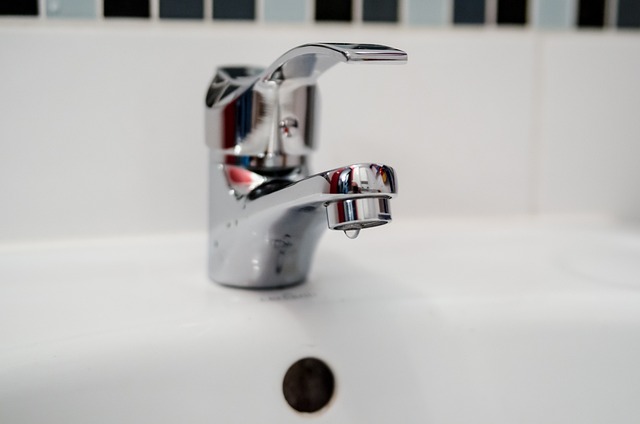
The process of structural damage repair for unibody and frame vehicles involves a meticulous series of steps designed to restore the vehicle’s safety and integrity. It begins with a thorough inspection to identify the extent of the damage, encompassing both visible and hidden components within the vehicle’s structure. This initial phase is crucial as it dictates the subsequent repair strategies employed by skilled technicians in an automotive body shop.
Once the damage is accurately assessed, the auto body restoration process commences. This entails removing the affected panels and frames, which may have been compromised due to accidents or other incidents. The damaged areas are then meticulously repaired, often involving precision welding, replacement parts, and advanced techniques to ensure structural integrity. The goal is not merely to fix the visible aspects of vehicle bodywork but also to address underlying issues that could compromise the safety and performance of the vehicle in the future.
Best Practices and Common Mistakes to Avoid During Repair
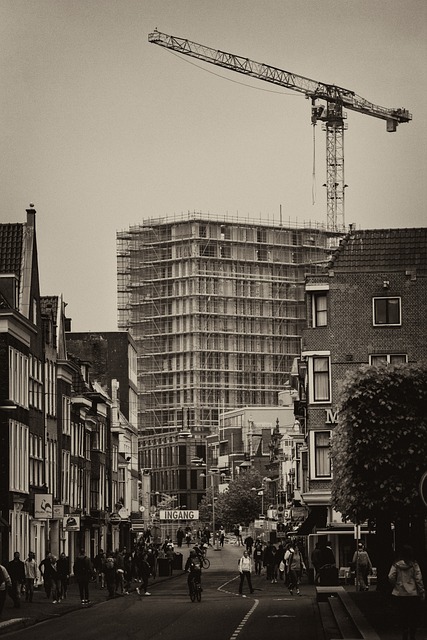
When undertaking structural damage repair on unibody or frame vehicles, adhering to best practices is paramount to ensure the safety and integrity of the vehicle. Firstly, thorough inspection is crucial; every angle and corner must be meticulously assessed to identify all affected components. This meticulous approach prevents missed damage, which could lead to further complications during the repair process. Using advanced diagnostic tools can aid in detecting subtle deformities that may not be readily visible.
Common mistakes to avoid include hasty repairs and cutting corners. It’s essential to never rush through structural repairs; each step should be executed with precision and care. Additionally, subpar materials or techniques can compromise the vehicle’s structural integrity, leading to future safety hazards. Always opt for genuine replacement parts and employ certified auto body technicians trained in modern repair methods, such as advanced welding techniques and computer-aided design (CAD) technology. These best practices ensure a robust and secure repair, restoring your vehicle to its pre-accident condition, enhancing its structural damage repair outcomes.
